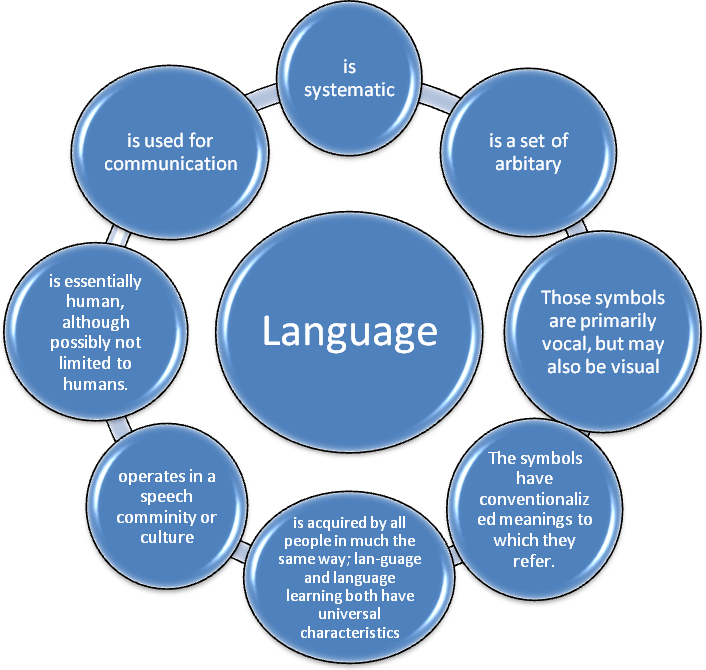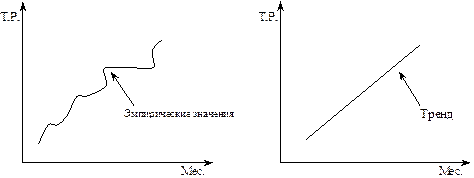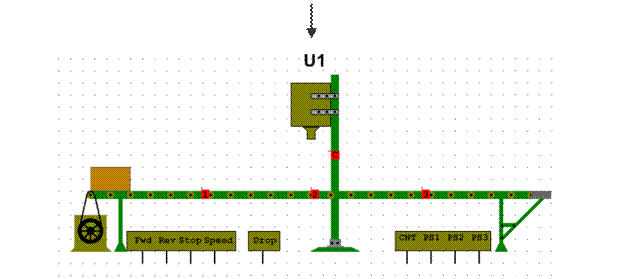LanguageA definition of a concept or construct is a statement that captures its key features. Those features may vary, depending on your own (or the lexicographer's) understanding of the construct. And, most important, that understanding is essentially a "theory" that explicates the construct. So, a definition of a term may be thought of as a condensed version of a theory. Conversely, a theory is simply—or not so simply—an extended definition. Defining, therefore, is serious business: it requires choices about which facets of something are worthy of being included. Suppose you were stopped by a reporter on the street, and, in the course of an interview about your field of study, you were asked: "Well, since you're interested in second language acquisition, please define language in a sentence or two." You would no doubt dig deep into your memory for a typical dictionary-type definition of language. Such definitions, if pursued seriously, could lead to a lexicographer's wild-goose chase, but they also can reflect a reasonably coherent synopsis of current understanding of just what it is that linguists are trying to study. If you had had a chance to consult the Concise Columbia Encyclopedia, you might have responded to your questioner with an oversimplified "systematic communication by vocal symbols." Or, if you had recently read Pinker's The Language Instinct (1994), you might have come up with a sophisticated statement such as: Language is a complex, specialized skill, which develops in the child spontaneously, without conscious effort or formal instruction, is deployed without awareness of its underlying logic, is qualitatively the same in every individual, and is distinct from more general abilities to process information or behave intelligently, On the other hand, you might have offered a synthesis of standard definitions out of introductory textbooks: "Language is a system of arbitrary conventionalized vocal, written, or gestural symbols that enable members of a given community to communicate intelligibly with one another." Depending on how fussy you were in your response, you might also have included some mention of a) the creativity of language; b) the presumed primacy of speech over writing; c) the universality of language among human beings. A consolidation of a number of possible definitions of language are presented in Illustration – 1.3
Illustration 1.3 - Various definitions of “language”
These eight statements provide a reasonably concise "twenty-five-word-or-less" definition of language. But the simplicity of the eightfold definition should not be allowed to mask the sophistication of linguistic research underlying each concept. Enormous fields and subfields, year-long university courses, are suggested in each of the eight categories. Consider some of these possible areas: 1) Explicit and formal accounts of the system of language on several possible levels (most commonly phonological, syntactic, and semantic). 2) The symbolic nature of language; the relationship between language and reality; the philosophy of language; the history of language. 3) Phonetics; phonology; writing systems; kinesics, proxemics, and other "paralinguistic" features of language. 4) Semantics; language and cognition; psycholinguistics. 5) Communication systems; speaker-hearer interaction; sentence processing. 6) Dialectology; sociolinguistics; language and culture; bilingualism and second language acquisition. 7) Human language and nonhuman communication; the physiology of language. 8) Language universals; first language acquisition. Serious and extensive thinking about these eight topics involves a complex journey through a labyrinth of linguistic science—a maze that continues to be negotiated. Yet the language teacher needs to know something about this system of communication that we call language. Can foreign language teachers effectively teach a language if they do not know, even in general, something about the relationship between language and cognition, writing systems, nonverbal communication, sociolinguistics, and first language acquisition? And if the second language learner is being asked to be successful in acquiring a system of communication of such vast complexity, isn't it reasonable that the teacher have awareness of what the components of that system are? Your understanding of the components of language determines to a large extent how you teach a language. If, for example, you believe that nonverbal communication is a key to successful second language learning, you will devote some attention to nonverbal systems and cues. If you perceive language as a phenomenon that can be dismantled into thousands of discrete pieces and those pieces programmatically taught one by one, you will attend carefully to an understanding of the separability of the forms of language. If you think language is essentially cultural and interactive, your classroom methodology will be imbued with sociolinguistic strategies and communicative tasks.
|





